#pheasant back
Text
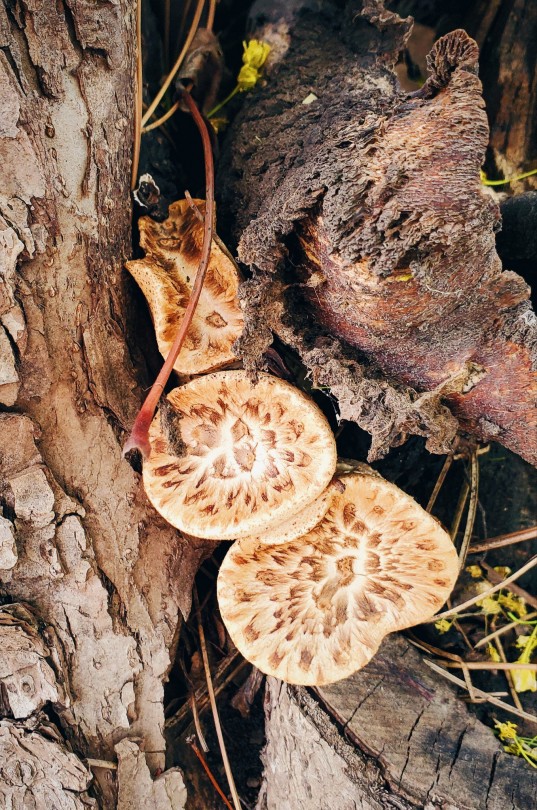
Spotted some Dryad's Saddle! I haven't had any Morel luck at all this year.
(cerioporus squamosus / Polyporus squamosus)
#mushroom#mushrooms#pheasant back#dryad's saddle#fungus#fugi#mycology#nature witch#nature blog#nature photography#green kitchen witch#green witch#kitchen witch#morels#nature#foraged food#foraging#forage
132 notes
·
View notes
Photo
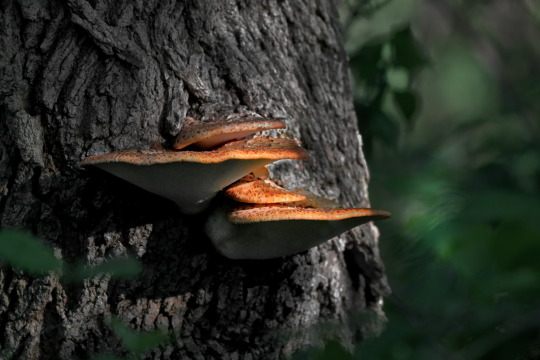

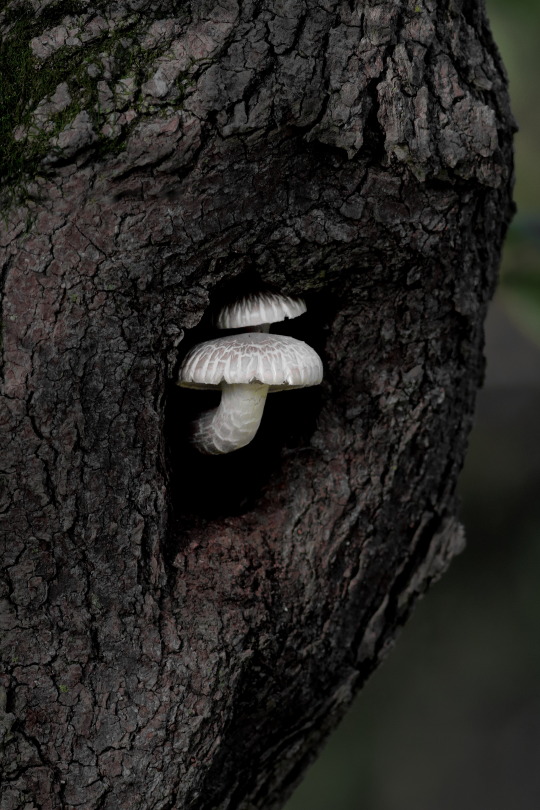

Pheasant Backs and Elm oysters are everywhere.
Both are excellent to eat, and easy to recognize, with just a few simple rules.
#midwest#autumn#falltime#autumn photography#fall photography#mushrooms#mushroom#mushrooming#mushroom picking#oystermushrooms#pheasant back#fungus#fungi#fungi photography#fungusphotography#fungus photo#fungicore#Forest#nature photos#nature photography#original photography#photographers of tumblr
87 notes
·
View notes
Text
Polyporus squamosus--Dryad's Saddle/Pheasant Back
They smell like watermelon or cucumber. :) Common in the ravines. They grow on stumps or sick trees. The very first wild mushroom I ever looked up to see if it was edible! Photos are mine, unedited (I think; can't remember if I took a powerline out of the one with the sky showing).
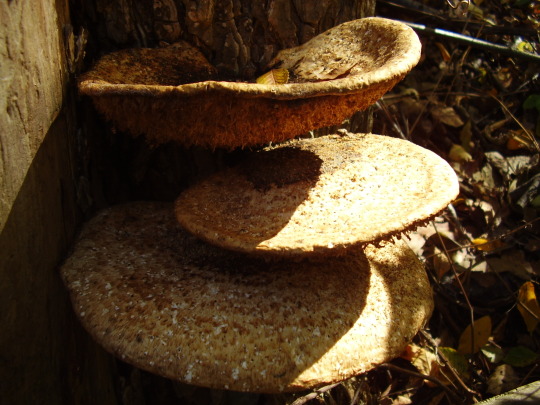

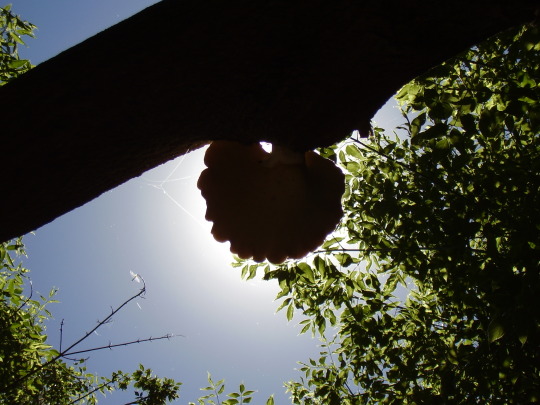

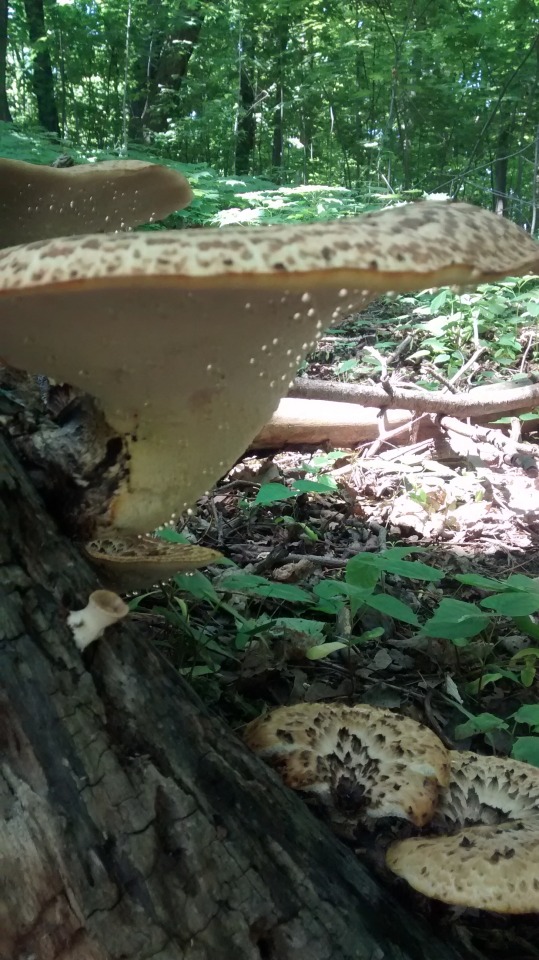
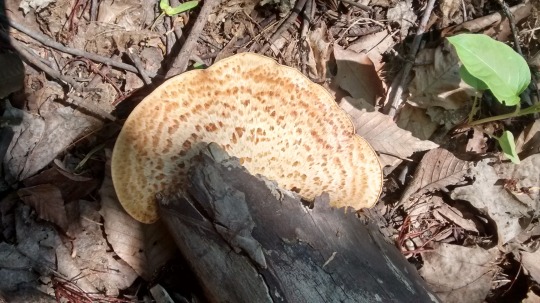

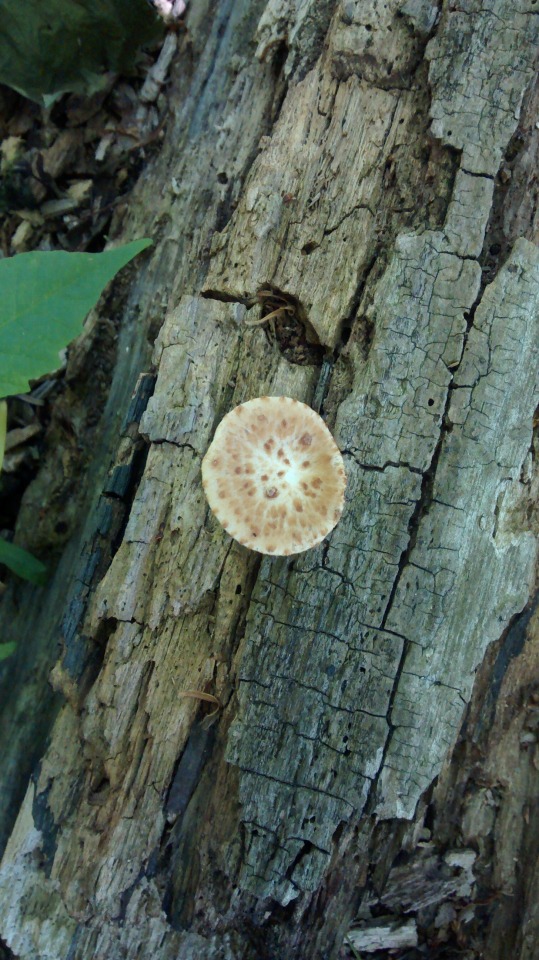

And as it happens, it is! You really want to get it when young, though (the ones in the first two photos are way way too old), because they get tough and chewy. If your knife slides through it easily, it's good.
They have a flavour that lends them well not only to savoury but to sweet! Great with pizza. If you find one with a funnel shape, you can stuff it. You can make jam (which ends up having a nice smoky flavour) with them, or add them to smoothies. Maybe even mix them into cookie dough or add them to pie filling!
Unlike most wild mushrooms, these are *said* to be safe to eat raw. I would not recommend that and would say to cook them to be safe. Watch out for lookalikes too. These are polypores, which means instead of gills on the underside they have tiny holes. If it's got gills on the underside, that is not a dryad's saddle.
Word of ethics: leave a third of the young mushrooms you find, and only if there's a lot of them.
#mushrooms#polypores#dryad's saddle#Polyporus squamosus#Cerioporus squamosus#pheasant back#fungi#wild mushrooms#edible mushrooms#edible wild mushrooms#foraging#photography#my photos#blackswallowtailbutterfly
4 notes
·
View notes
Text

Lovely pheasant back!
#mushrooms#fungi#woods#forest#pheasant back#i didnt know they basically grow all summer#they did this summer#wisconsin
4 notes
·
View notes
Text


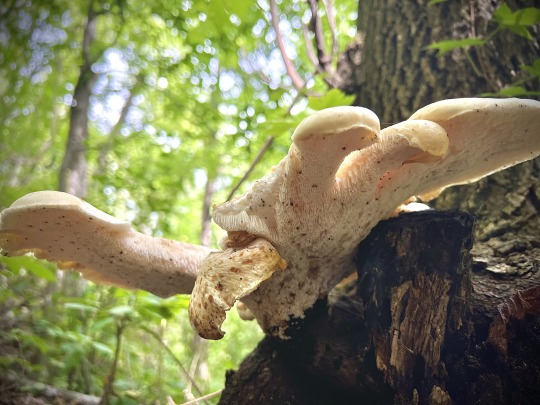
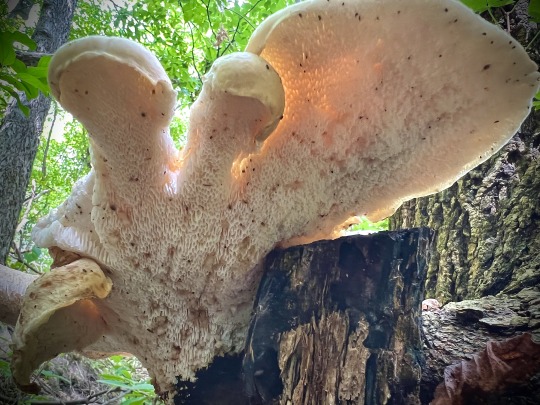
Everything is always “my fault,” but here’s a neat mushroom to look at in the meantime.
#my photos#photography#adventure#minnesota#exploring#kcdrummergirl#outdoors#hiking#mushroom#what am I#mushroom identification#wild#pheasant#pheasant back#dyrad#dryad's saddle
4 notes
·
View notes
Text

Found a nice large pheasantback today!
2 notes
·
View notes
Text

Todays mushroom finds!!
#chicken of the woods#pheasant back#can’t wait to hopefully find more#chicken of the woods taste amazing#foraging#wily pics
0 notes
Text


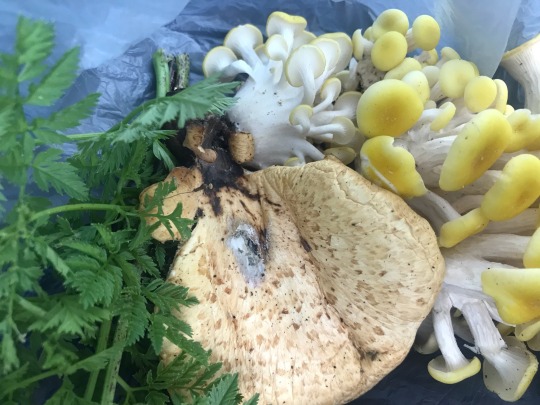
first lean-to i’ve built // offerings // bountiful harvest
1 note
·
View note
Text

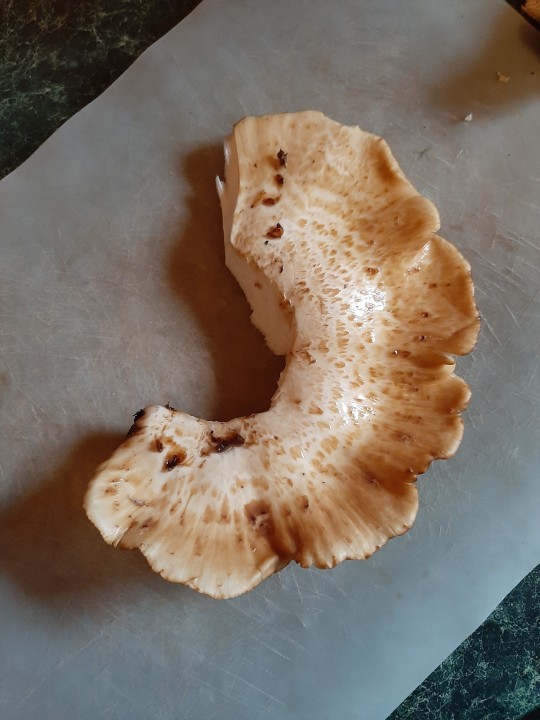

Pheasant back!
Mmm
They do taste like melon when raw. Kind of like a honeydew to me.
#mushroom#pheasant back#fungi#idk if the headache and sore throat eere from it tho#i may be allergic or sth
0 notes
Text


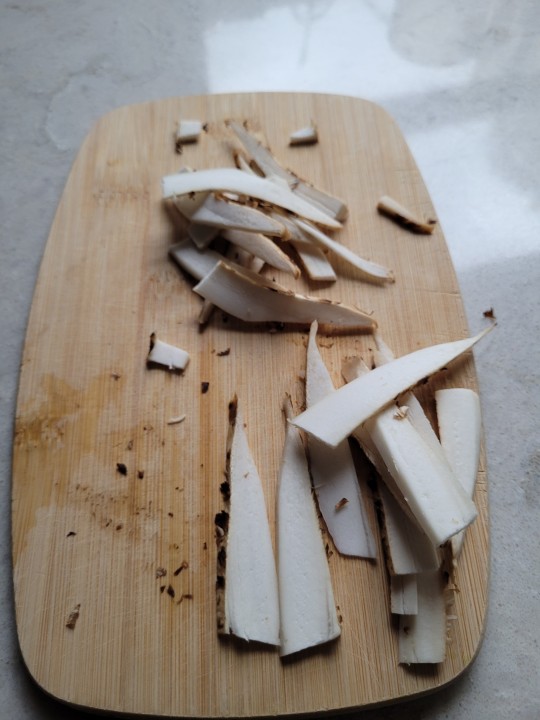


Cooked some phesant backs, first real forage!
1 note
·
View note
Text
RARE BIRD SEEN FOR FIRST TIME IN 140 YEARS
#ra speaks#black naped pheasant pigeon#birds#bird#critically endangered#!!!! this is the first time this bird has EVER been captured on camera#absolutely insane and amazing#decided to check Twitter for likely one of the last times and this was so exciting to see#edit: everyone saying ‘welcome back!’ and crying in the tags I see you I love you we love birds that make a come back
33K notes
·
View notes
Text

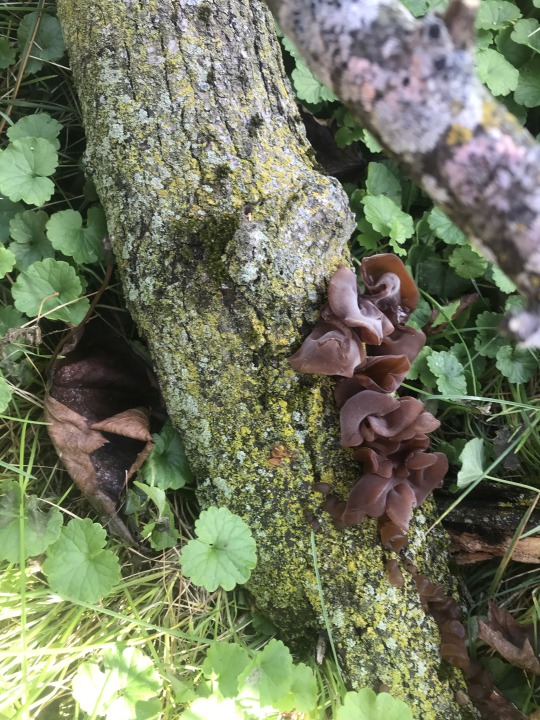


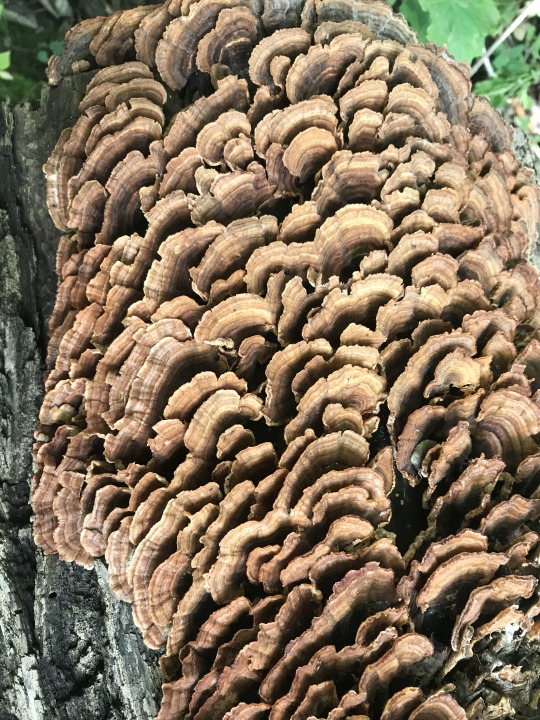

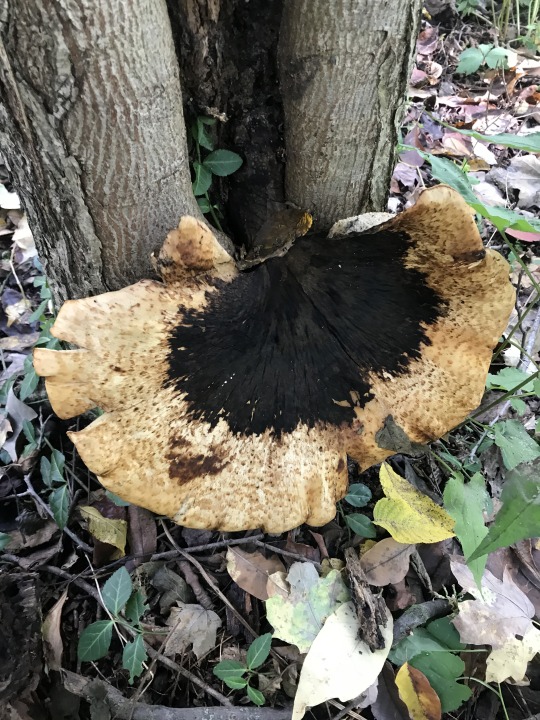





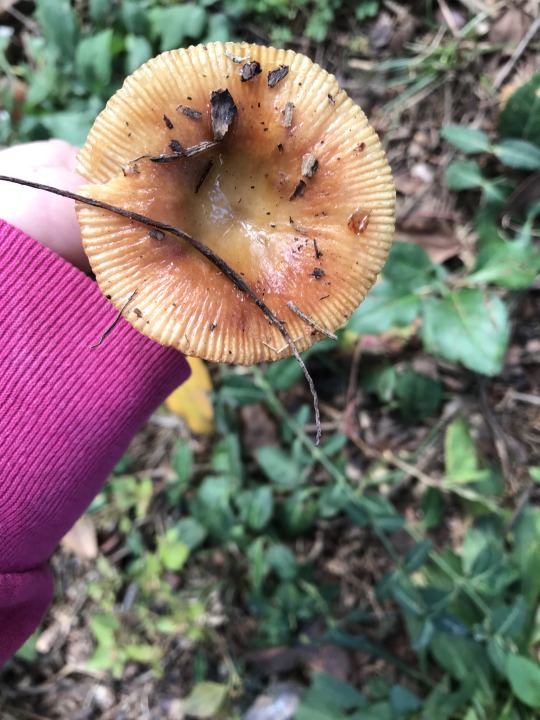

Incoming fungi! Here are some of the pictures from my last mushroom observing trip (my son was a good sport and went with me, although he wasn't as fascinated by my finds as I was lol). I honestly was pretty happy with my finds and felt good that I could recognize most of what I found. In these pics we have some Amanita Muscaria Var Guessoweii, an older Pheasant Back, some honey mushrooms and jelly fungus. I believe there is also some turkey tail/trametes versicolor (or some variation of trametes?). The only one I wasn't sure of was the little white/silver mushroom with the lavender-pink underside.
#mushrooms#fungi#wild fungi#amanita muscaria var guessoweii#trametes versicolor#amanita#honey mushrooms#jelly fungus#pheasant back#forage
0 notes
Text
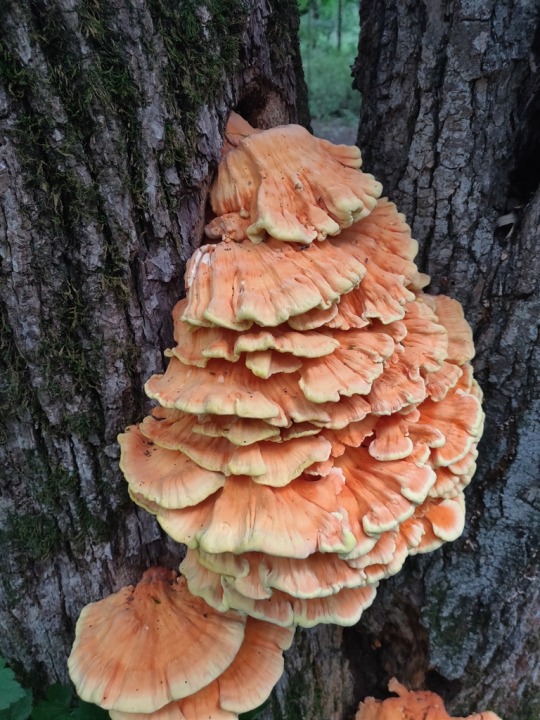


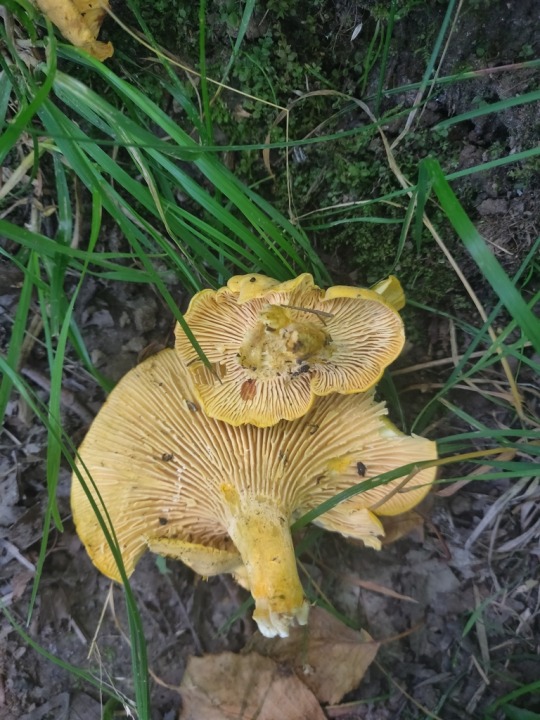
Some edible mushrooms I've found (and foraged) recently! Chicken of the woods, pheasants back, lobster, and golden chanterelles. Unfortunately no morels for me this year, and I'm still looking for oysters
Disclaimer: please do not eat random mushrooms if you are not 100% certain about the identification
#edible mushrooms#wild edibles#foraging#foraged food#forager#mushroom#mushrooms#chicken of the woods#chanterelle#oyster mushrooms#lobster mushroom#pheasants back#morel#morels#fungi#fungus#ecology#nature#naturalist#environmental education#nature photography#north america#midwest#forest#united states#mine#photography#biology#mycology
120 notes
·
View notes
Photo


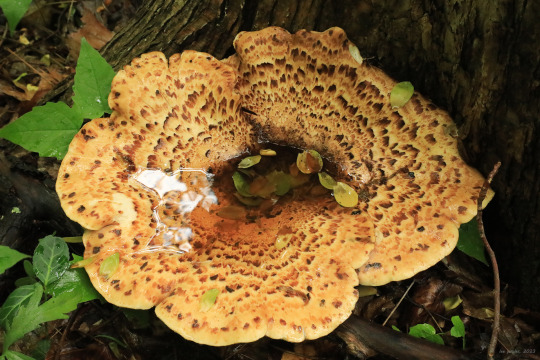







Part 1: After the Rain - Life in an Appalachian Temperate Forest.
From top: Dryad’s saddle (Cerioporus squamosus), a magnificent and edible shelf fungus of Appalachia’s spring forests; wild comfrey (Cynoglossum virginianum), a native borage sometimes also referred to as blue hounds tongue; violet wood sorrel (Oxalis violacea); American cancer-root (Conopholis americana), a parasitic plant that attaches to oak tree roots; northern maidenhair fern (Adiantum pedatum); and wild stonecrop (Sedum ternatum), also known as three-leaved stonecrop.
#appalachia#vandalia#west virginia#toms run preserve#west virginia land trust#temperate forest#rain#intense green#flora#wildflowers#fungi#may#dryad's saddle#pheasant's back#wild comfrey#blue hounds tongue#violet wood sorrel#american cancer-root#northern maidenhair fern#wild stonecrop#three-leaved stonecrop
133 notes
·
View notes
Text
I’m in the midst of ~Berry Season~ and have been struck with the realisation that my experiences are probably not universal
bonus points for saying where you’re from and what you like to forage in the tags
#poll#I’m from western canada in the mountains#and I pick a bunch of different berries (mostly various vaccinums)#false Solomon’s seal#and morels and pine mushrooms#when I’m out east during the right time of year I’ll also go for fiddleheads pheasant’s backs and occasionally puffballs#if you’ve got questions Please ask them this is an Interest of mine#also Please don't eat things without being sure of what they are#i say things
56 notes
·
View notes
